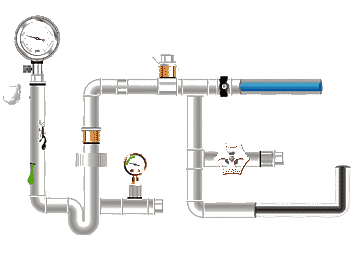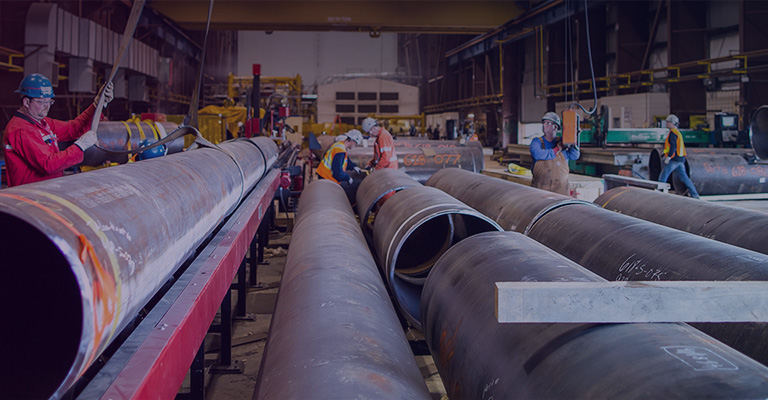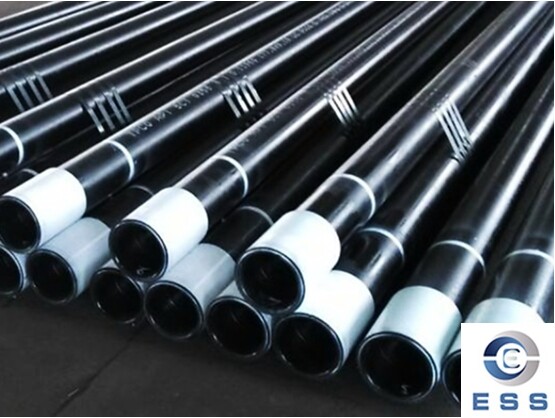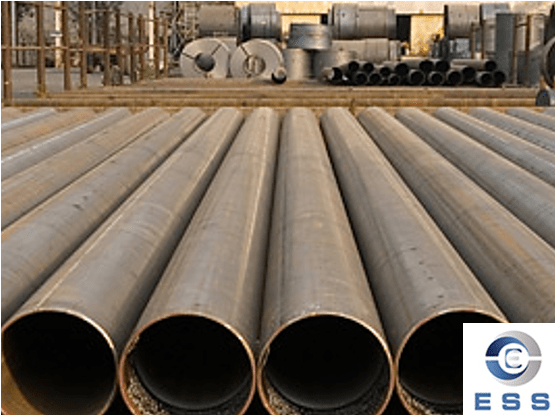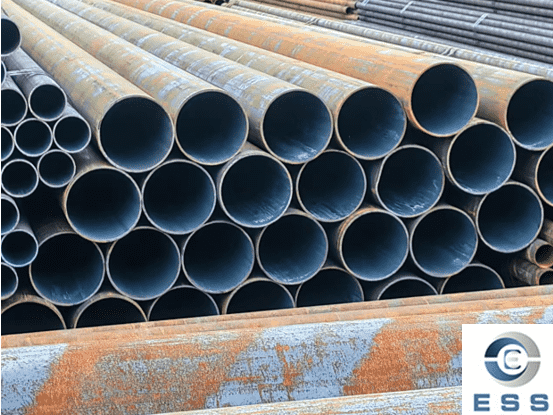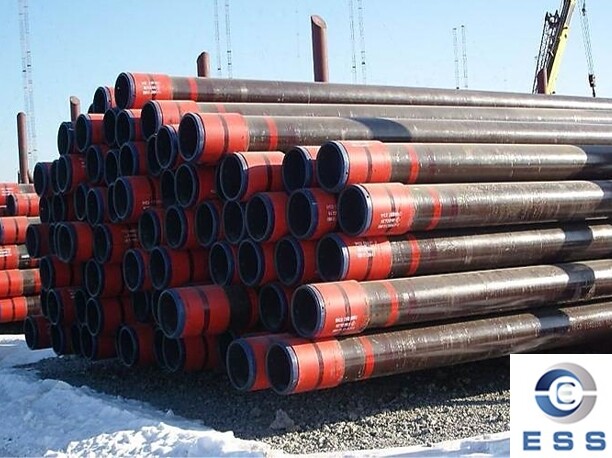
OCTG pipe mainly
include casing
pipe, tubing, drill pipe,
etc. OCTG pipes are crucial in oil and gas production. Different materials have
different chemical compositions and properties, and maintenance cannot be
generalized. Each has its own key points, which are related to its own life and
production efficiency. Due to their different chemical compositions and
performance characteristics, OCTG pipes of different materials have different
special requirements for maintenance, as follows:
Duplex stainless steel material
1. Prevent chloride ion stress corrosion
Duplex stainless steel is more sensitive to
chloride ions, and high-concentration chloride solutions should be avoided
during maintenance. If used in an environment where chloride ions may exist,
the chloride ion content on the surface of the pipe needs to be regularly
tested. If the chloride ion exceeds the standard, it should be rinsed with
clean water and dried in time.
2. Control the temperature range
Duplex stainless steel may undergo phase
transformation in certain temperature ranges, affecting its performance.
Generally, it should be avoided from being in a temperature environment of
about 475℃ for a long time. After being used in a high
temperature environment, it should be cooled slowly to prevent stress caused by
rapid temperature changes.
3. Special cleaning requirements
When cleaning duplex stainless steel OCTG
pipes, a mild cleaning agent should be used, and fluorine-containing and
sulfur-containing cleaning agents should be avoided to avoid damaging the
passivation film on the surface of the pipe. A neutral water-based cleaning
agent can be used for cleaning with soft tools to prevent damage to the surface
of the pipe.
Austenitic alloy material
1. Avoid sensitization temperature range
Austenitic alloys are prone to
sensitization when they stay in a certain temperature range (such as 450-850℃) for a long time, resulting in increased sensitivity to
intergranular corrosion. During use and maintenance, its operating temperature
should be controlled to avoid long-term operation in this temperature range. If
it cannot be avoided, measures such as rapid cooling can be taken to reduce the
residence time in the sensitization temperature range.
2. Prevent intergranular corrosion
To prevent intergranular corrosion,
austenitic alloy OCTG pipes can be solution treated or stabilized. During
maintenance, pay attention to check whether there are signs of intergranular
corrosion on the surface of the pipe, such as microcracks, surface roughness,
etc. If intergranular corrosion is found, pickling, passivation and other
methods can be used to restore the passivation film on the surface of the pipe.
3. Pay attention to stress relief
Austenitic alloys have a greater tendency
to work hardening, and residual stress is easily generated during processing
and installation, increasing the risk of stress corrosion cracking. Therefore,
after processing or installation, stress relief treatment should be carried out
as needed, such as heat treatment or vibration aging.
High-alloy stainless steel material
1. Strengthen surface protection
Although high-alloy stainless steel has
good corrosion resistance, the passivation film on the surface still needs to
be protected. During storage and use, avoid contact with sharp objects to
prevent scratches on the surface passivation film. If the passivation film is
found to be damaged, it should be repaired in time. Chemical passivation or
electrochemical passivation can be used to restore the integrity of the
passivation film.
2. Adapt to special environmental
maintenance
High-alloy stainless steel is often used in
harsh environments such as high H₂S partial pressure and high chloride. During maintenance, targeted
treatment should be carried out according to the specific environmental
characteristics. For example, in an environment containing H₂S, the corrosion of the pipe should be regularly tested. Corrosion
monitoring coupons and electrochemical monitoring can be used to detect
potential corrosion problems in a timely manner.
3. Strictly control the welding process
High-alloy stainless steel is difficult to
weld, and defects such as thermal cracks and pores are prone to occur during
the welding process, which affects the performance and service life of the
pipe. Therefore, when welding and repairing high-alloy stainless steel OCTG
pipes, it is necessary to strictly control the welding process parameters,
select appropriate welding materials and welding methods, and have experienced
welders to operate, and perform necessary post-weld heat treatment and
non-destructive testing.
Summary
In short, accurate maintenance of OCTG
pipes of different materials is the key to smooth mining operations. Each
material is carefully cared for at each stage according to requirements to keep
it alive, help the energy industry, and drive the industry forward.









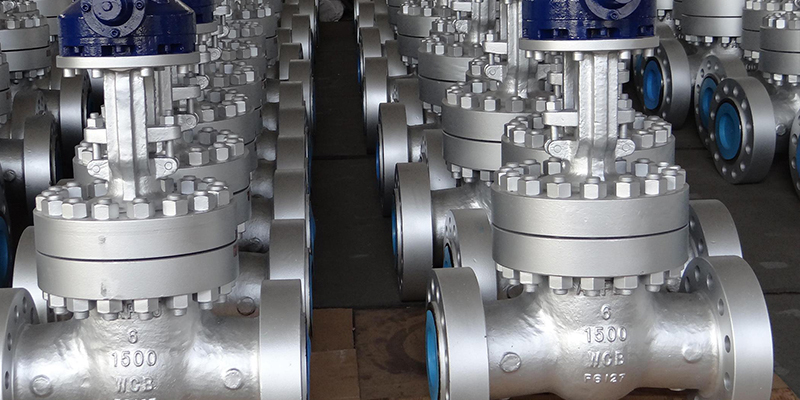
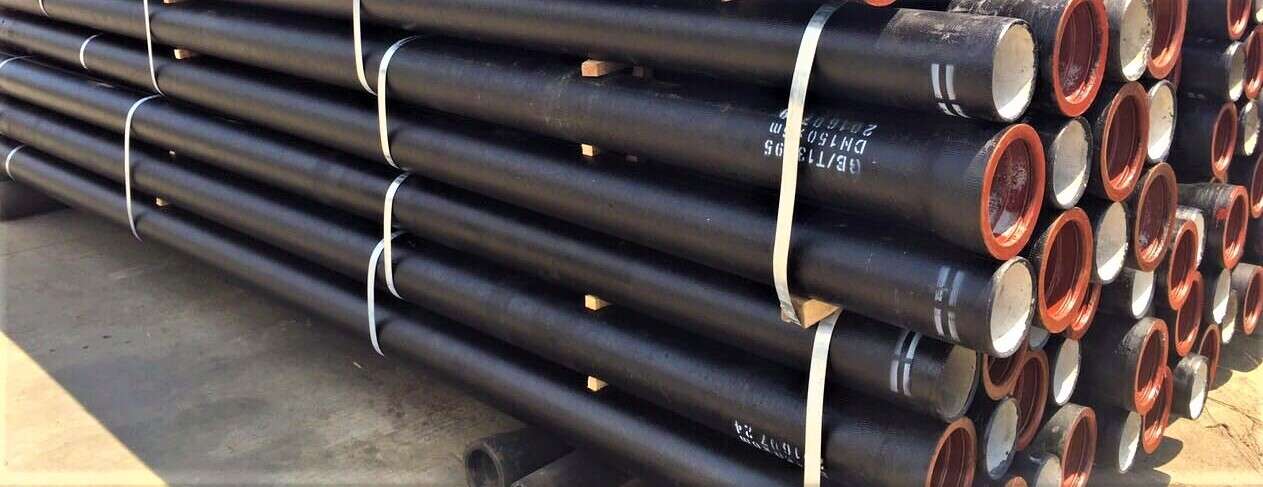


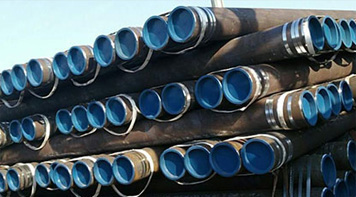 Eastern Steel Manufacturing Co.,Ltd not only improve product production and sales services, but also provide additional value-added services. As long as you need, we can complete your specific needs together.
Eastern Steel Manufacturing Co.,Ltd not only improve product production and sales services, but also provide additional value-added services. As long as you need, we can complete your specific needs together.
